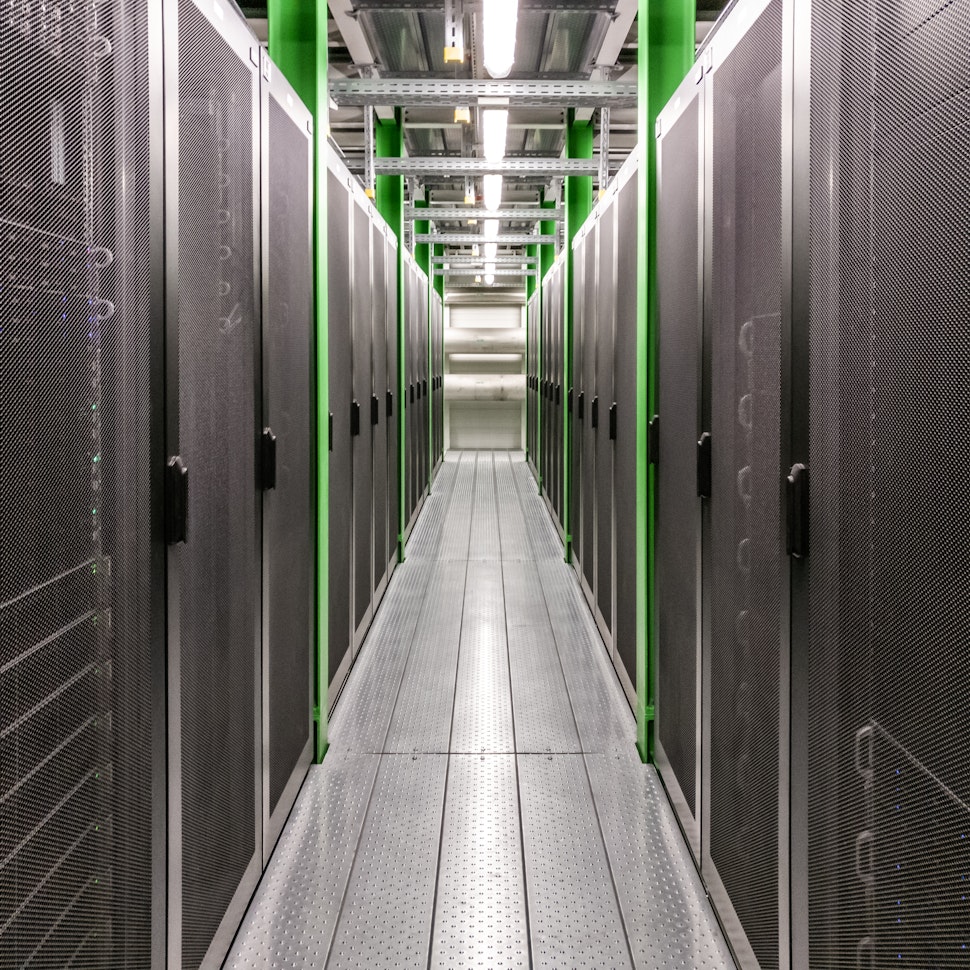- Solar energy blog
- Key energy sector takeaways from the IPCC report
Key energy sector takeaways from the IPCC report


Laura Rodríguez
Territory Manager Oceania & Nordics
Laura is a renewable and software industry sales professional, currently working at RatedPower as Territory Manager Oceania & Nordics. With a background in International Business and International Trade, Laura previously worked in the business strategy area in various companies as well as as a market analyst for the Government of Spain in Australia.

Content
The Intergovernmental Panel on Climate Change (IPCC) released the second part of its sixth assessment report in February, ‘Climate Change 2022: Impacts, Adaptation and Vulnerability’.
The report reveals the impact that human-induced climate change is already having on billions of people around the world — and the consequences for businesses failing to take action.
Also highlighted are the risks of disruption from climate change, and how they are occurring faster and becoming more severe sooner than previously anticipated. An estimated 3.3-3.6 billion people are living in conditions that are “highly vulnerable to climate change”, the report finds — based on 34,000 studies incorporating work from 270 authors across 67 countries.

The challenges ahead according to IPCC
The science is undeniable, the world is unprepared for climate change, and industries need to take urgent action to ensure a sustainable future for the planet.
Climate change is already a significant issue — and it’s getting worse
Carbon emissions reduction should be a top priority for leaders around the world, with a focus on having concrete changes in place by 2030. This is crucial because even if the world reduces carbon emissions rapidly from here on out, the greenhouse gases that are in the atmosphere already are making it impossible to avoid significant impacts by 2040.
The IPCC finds that there are high risks across the range of 1.2-4.5°C of global average temperature increase. Achieving Climate Resilient Development is already a challenge and will become more so if global warming exceeds 1.5°C (2.7°F). It will be impossible if global warming exceeds 2°C (3.6°F). Around 50-75% of the world’s population could be exposed to periods of “life-threatening climatic conditions” because of extreme heat and humidity by 2100.
Climate change is already causing widespread and dangerous disruption around the world, and it is having the most impact on populations that are least equipped to cope.
Remaining on the same path — and missing the current target — will increase risks for vulnerable regions and societies, while causing irreversible damage to vulnerable ecosystems, such as coastal, mountain and polar regions.
Solutions to climate change exist — but some societies will find it easier to adapt than others
It is crucial for the world to adapt to the impact that climate change is having on everything from food security to living conditions to economic growth. There are feasible solutions, but vulnerable communities must receive more support.
At least 170 countries have policies that include adaptation to climate change, but many have yet to implement them. The IPCC report shows that efforts to respond to climate impacts are still incremental and reactive rather than preventative, focusing only on current or short-term problems.
The role of coordinated government response in adaptation is critical. Climate change is occurring globally, and the private sector cannot respond without international cooperation. The IPCC notes that public institutions can create an environment conducive to proactive solutions by providing policies, frameworks, and instruments that set clear goals. These include financial support, planning, monitoring, and evaluation.
The IPCC also states that governments should put in place economic instruments that address market failures, such as disclosures surrounding climate risk.
Financial concerns are a key demotivating factor
The gap between the current level of adaptation and the level that must be implemented is caused by a lack of financial commitment. The report estimates that developing countries alone will need to spend $127 billion by 2030 and $295 billion by 2050. But adaptation efforts account for just 4-8% of current climate finance, which totalled $579 billion in 2017-2018.
The focus on short-term impacts is likely to see the long-term impact become far greater than currently observed. And the economic cost will rise exponentially as global warming increases.
Consequences for energy supply
With increased climate change comes increased complexity for the energy sector
Water-related risks are central to climate change disruptions, with the majority of adaptations responding to droughts and floods.
This poses particular hazards for energy supply in developing countries, as many rely on hydropower generation for a large proportion of their electricity supply. And mountainous regions that rely on melting snow for hydropower generation, such as Scandinavia, could see lower water levels. Global hydropower capacity could fall by 0.4-6.1%, according to the report.

A reduction in the availability of cooling water will also have an impact on thermal power plants, as every 1°C of heat in cooling water reduces electricity yield by approximately 0.12-0.7%. It also limits the viability of technologies like carbon capture and storage.
Droughts and flooding also reduce the amount of land available for renewable energy installations, which in some places must compete with the agricultural sector. Moreover, lower water availability has consequences for water-intensive mining operations such as lithium extraction, which is critical for low-carbon technologies such as electric vehicles and battery storage systems.

Responsible resource management is crucial
IPCC’s report highlights the interdependence between climate, ecosystems, biodiversity and human societies and shows the confluence between nature, society and the economy more strongly than in previous publications.
Understanding the loss of biodiversity is key to understanding the impact of climate change and ways to manage solutions. The IPCC notes that the expansion of renewable energy generation such as wind and solar can potentially impose on areas of biodiversity. This highlights the importance of careful resource management.
Solar plants can be designed responsibly, in a way that protects biodiversity and agriculture. For example, agrivoltaics can protect crops and increase yields, while floating solar farms can reduce evaporation from reservoirs and reduce the impact of droughts.
Agrivoltaics and floating pv are some of the renewable trends that will shape the future of the industry. Take a look at the rest in our Renewable Energy and Solar Research Report.
Technology can unlock environmentally-friendly practices
New technologies and infrastructure can play an important role in adaptation and mitigating climate impacts. For example, the development of artificial intelligence (AI) applications can help to engineer solutions that maximize the advantages of renewables while limiting risks.
Solar and wind power can help strengthen the resilience of energy supply. “Climate responsive energy markets, updated design standards on energy assets according to current and projected climate change, smart-grid technologies, robust transmission systems, and improved capacity to respond to supply deficits have high feasibility in the medium- to long-term,” the IPCC states.
Utility-scale solar key to climate adaptation
The window to halt the devastating impacts of climate change is rapidly closing. The solar industry has an important role to play in adaptation, with large-scale installations not only providing sustainable energy supply but mitigating the effect on biodiversity and water supply.
Contact Rated Power to discuss how you can participate in developing solutions.
Latest stories
Related posts
Driving the change
Green by design: How solar energy is shaping the future of data centers
Find out how and why data centers are turning to cost-effective renewable sources like solar power to use cleaner energy and reduce their environmental impact.
Updated 9 OCT, 25

Driving the change
Japan’s groundbreaking solar power experiment: solar power from space
Learn about the OHISAMA program, a project designed to test the feasibility of harnessing solar power from space. Could it help generate clean baseload energy?
Updated 1 JUL, 25

Driving the change
A look at the comunidades energéticas in Spain
Comunidades energéticas are at the heart of Spain’s shift to a greener and more decentralized grid. Explore more about these citizen-powered networks.
Updated 28 JAN, 25

- RatedPower
- Solar energy blog
- Key energy sector takeaways from the IPCC report
 Watch a demo
Watch a demo Ask our AI Product Expert
Ask our AI Product Expert

